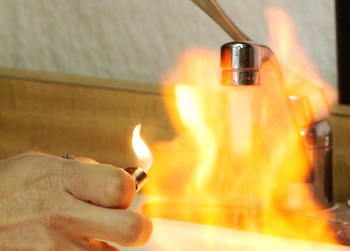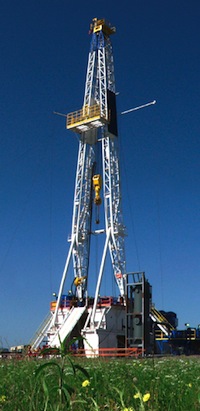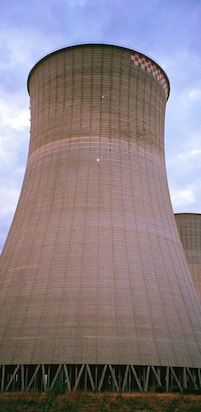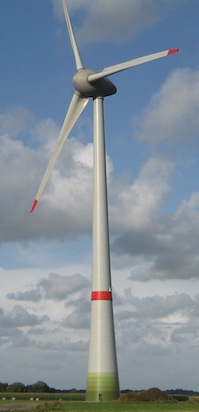
 After years of anecdotal stories about people setting their faucet flows alight,
After years of anecdotal stories about people setting their faucet flows alight,
a landmark study in the Proceedings of the National Academy of Sciences established a link between hydraulic fracturing and contaminated drinking water. The study found methane, which is not regulated in drinking water. Little is known about its health effects. It did not find fracking chemicals, which some neighbors say are making them sick.
What isn’t being discussed is that methane contamination is happening across the country. It’s not just the Marcellus Shale in Pennsylvania and New York. We investigated drilling areas in Ohio, Colorado, Texas, Louisiana, Alabama, and elsewhere, and found reports of methane contamination in many areas. Additional scientific research, currently undergoing peer review, has found similar results to the Duke report.
Changing tune: For a long, long time, industry said it was impossible for contaminants from the drilling layer, a mile or more deep, to escape. Now, in response to this study, industry is starting to acknowledge that there are risks to drilling, that methane or possibly other contaminants can travel through faults and fractures and conceivably reach aquifers.
I’ll be watching... to see if this study pushes the conversation toward drilling safety improvements. Whether those improvements come through regulation or voluntary measures, we’ll wait and see. The industry is now saying we need more data to determine the problem. I think industry probably has a lot of that data, and it will be interesting to see whether it shares it with the public.
Click to read more about this topic
The study did not find either fracking chemicals or briny waters from deep underground (and their natural contaminants) in shallower drinking water wells. So that's good news ... in the case of these 60 wells. But it doesn't mean that industry is managing its waste responsibly. In many areas, companies dump that polluted water into local waterways.
Measure twice: In response to the study, industry noted there were no baseline measurements, so it's quite possible that the 60 wells tested had been heavily contaminated with methane from the get go. Of course, this is why establishing such baselines for private drinking water wells should be a precondition for mineral rights leases.
Take away: There are few market or regulatory incentives for industry to pursue cleaner — but costlier — drilling practices. The most likely cause for the methane contamination is poorly cemented wells. The second most likely cause is gas leaking through old, uncapped wells. By not forcing industry to follow best practices, regulators bear part of the blame.
Click to read more about this topic
| Tweet This Page |










